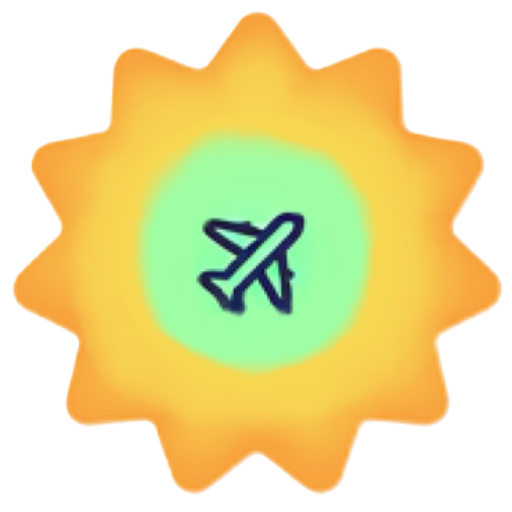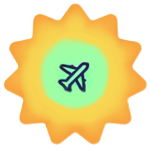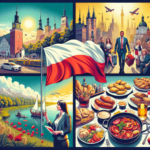Nagasaki Travel Guide
Nagasaki, a city located on the island of Kyushu in Japan, is known for its rich history, stunning landscapes, and unique cultural experiences. As one of the few ports open to foreign trade during Japan’s period of isolation, Nagasaki boasts a fascinating blend of Japanese and Western influences. From the serene beauty of its natural attractions like Mount Inasa to the poignant historical landmarks such as the Atomic Bomb Museum and Peace Park, Nagasaki offers a wealth of experiences for travelers. Whether you are wandering through the charming streets of Dejima or enjoying the local cuisine, Nagasaki is a destination that captivates the heart.
When is the best time to visit Nagasaki?
Nagasaki experiences four distinct seasons, each offering unique charm. **Spring** welcomes cherry blossoms in bloom, creating picturesque landscapes ideal for outdoor activities. **Summer** is hot and humid, with temperatures reaching up to 32°C (89°F) and occasional rainfall. **Autumn** is marked by cooler temperatures and stunning fall colors, while **Winter** can be chilly, with lows reaching 0°C (32°F) but rarely sees heavy snow. Understanding these seasonal changes is essential for planning your trip effectively.
- Peak Seasons: The peak tourist seasons in Nagasaki are during spring (March to May) and autumn (September to November). These months see an influx of visitors drawn by the pleasant weather and stunning natural beauty.
- Mid Seasons: Early summer (June) can also be a mid-season due to the onset of the rainy season, where tourists can enjoy fewer crowds.
- Valley Seasons: The winter months (December to February) are considered off-peak, as the weather is colder, but this is a great time to experience local culture and festivals without the hustle of large crowds.
In terms of weather conditions, Nagasaki has an average high of 29°C (84°F) in August and a low of 4°C (39°F) in January. Rainfall is prevalent during the summer months, particularly in July, where it averages around 260 mm. The winter months are drier, making it an excellent time for those who prefer less rainfall.
Special festivities and events in Nagasaki greatly enhance the local tourism experience. Notable events include:
- Nagasaki Kunchi Festival: Held in October, this festival features colorful parades, traditional music, and dance performances.
- Peace Park Lantern Festival: Around August 9, this event honors the victims of the atomic bombing with thousands of beautiful lanterns.
- Chinese New Year: Celebrated in January or February, it features dragon dances, fireworks, and delicious food in the city’s Chinese district.
- Hydrangea Festival: In June, Nagasaki’s famous hydrangeas bloom, attracting visitors to the city’s gardens.
- Summer Fireworks Festival: This vibrant festival in August draws crowds for its spectacular fireworks displays above the bay.
In conclusion, experiencing the best of Nagasaki is just a visit away. With its captivating history, beautiful landscapes, and rich cultural experiences, the best time to travel to Nagasaki truly awaits you in spring and autumn, promising unforgettable memories.


